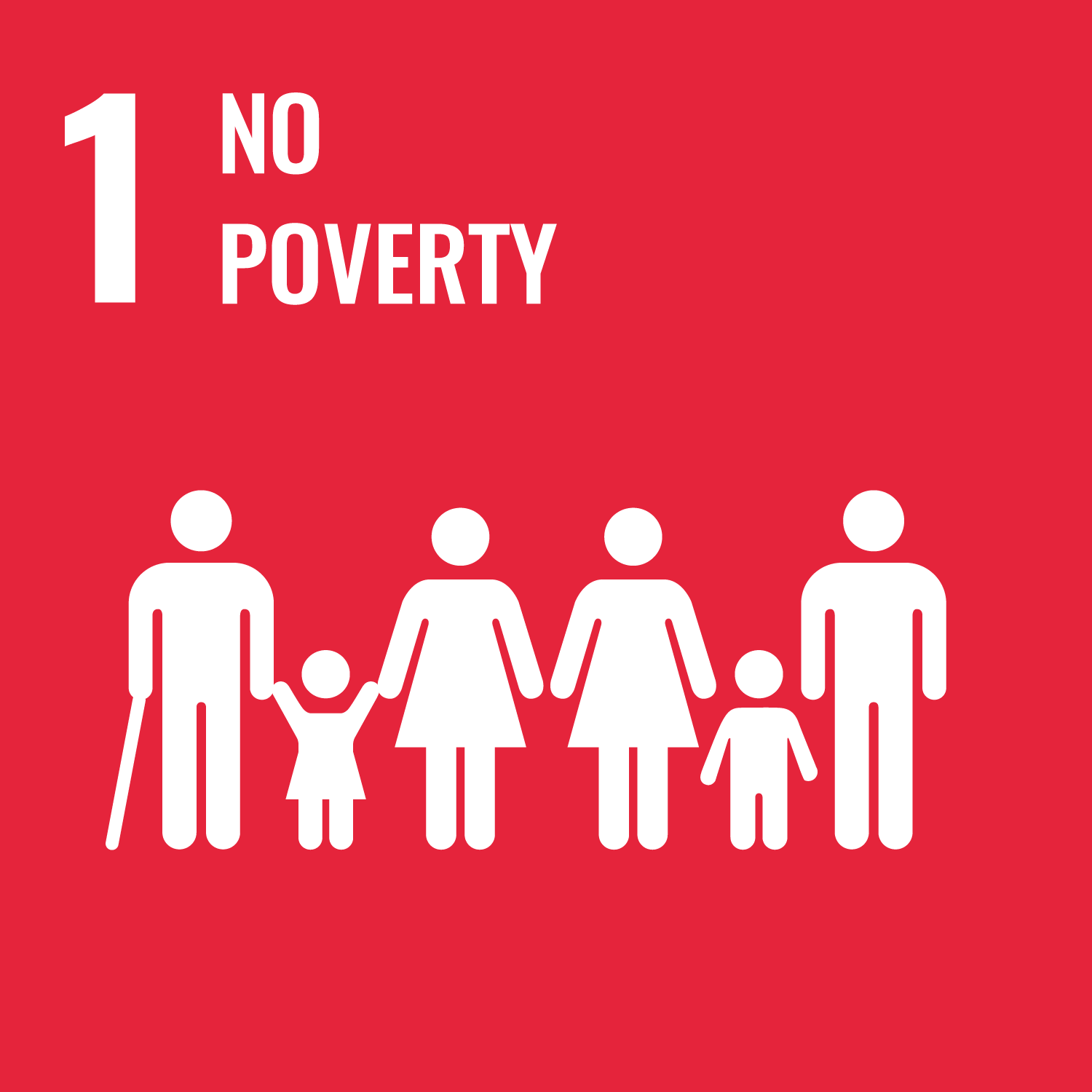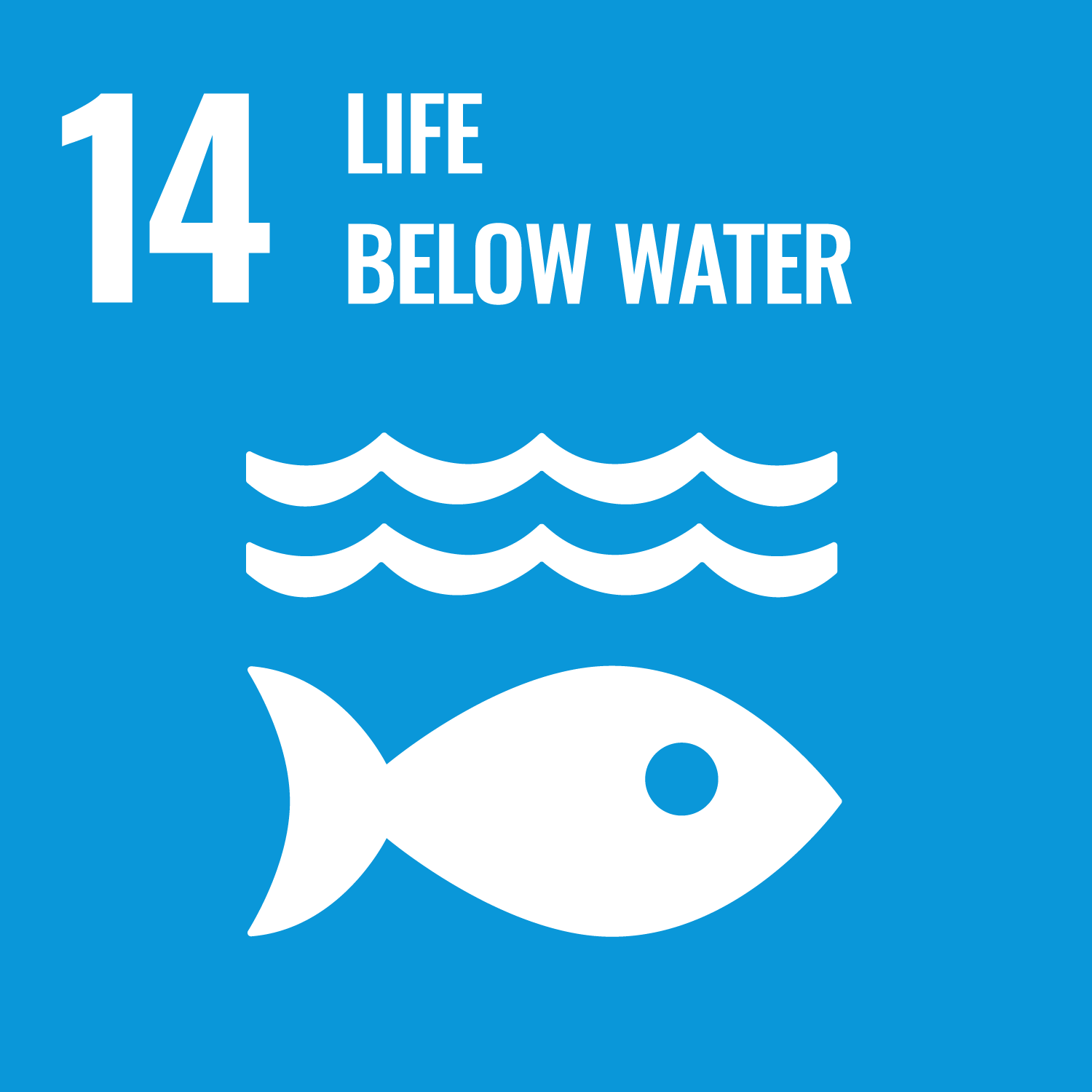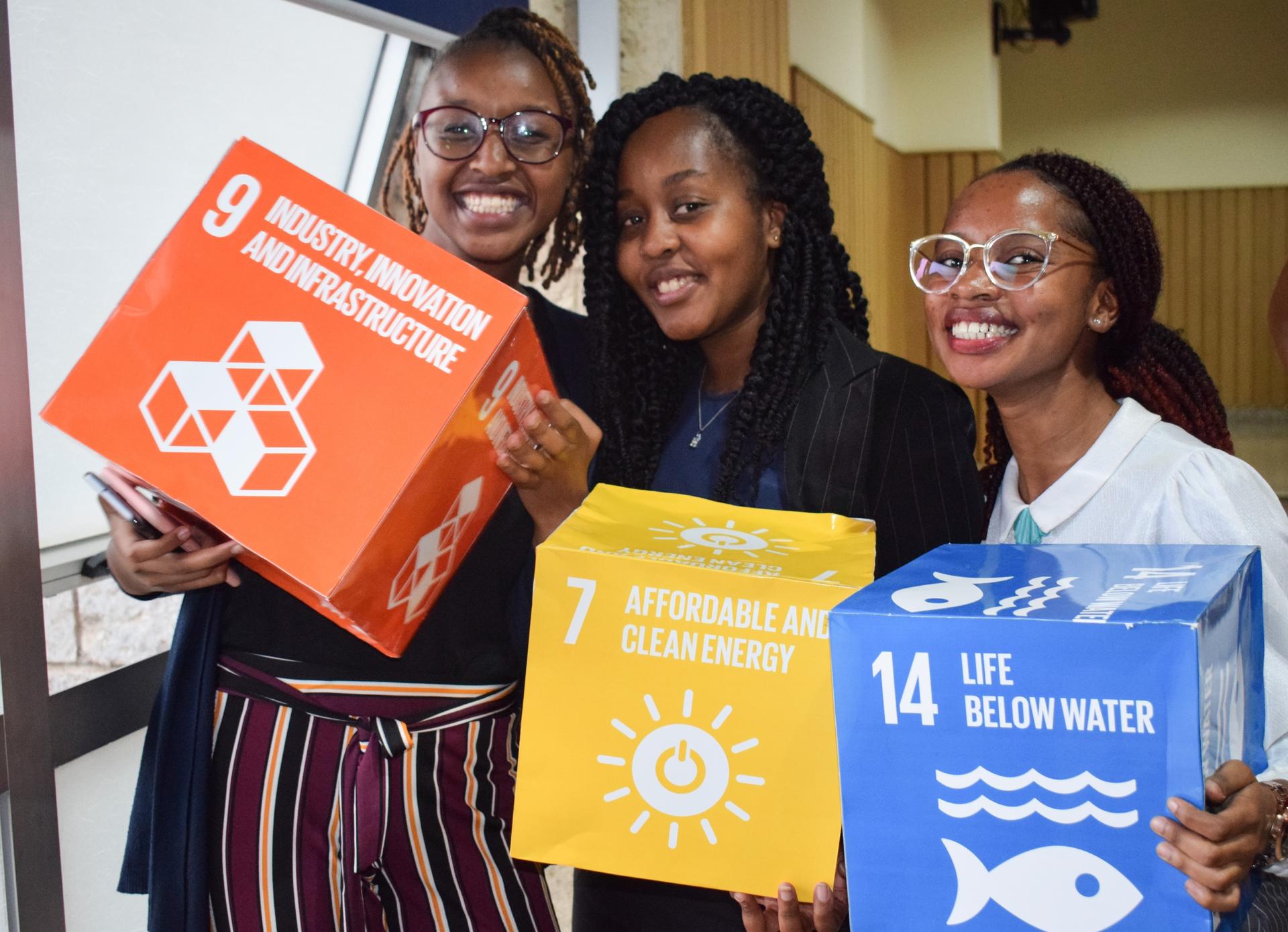In 2015, 193 countries came together and agreed to work towards achieving the 17 Sustainable Development Goals (SDG) by 2030. The SDG were an improvement of the millennium development goals. The aim was to ensure that states work towards creating a world where there is no poverty and everyone has access to quality education, good health and wellbeing. The spirit of the sustainable development goals is leaving no one behind, and thus in order to achieve these goals all stakeholders, including the youth, must be actively engaged and involved.
Kenya was one of the countries in 2015 that pledged their allegiance towards working to achieve the SDG. Given that Kenya’s population is quite youthful, we set about to look at what the phrase leaving no one behind means to Kenyan youth. To some it means that the private sector, public sector, Government, UN Agencies and youth should engage and collaborate to achieve the SDGs by 2030. To others, it means that no one should be left behind in terms of access to quality education, access to food, healthcare and decent employment. For others still, it means living in a world where there is gender equality in all spheres of life and where all stakeholders are being engaged in peacekeeping discussions and forums.
These varied connotations and views of the spirit of the SDGs led to the birth of a project between Kenyan youth, New York University students, Joint SDG Fund, Unicef Kenya and SDSN youth Kenya representatives. This project focused on creating a youth engagement strategy for SDGs in Kenya. I had the privilege of being the focal point for communication for Kenyan youth.





















